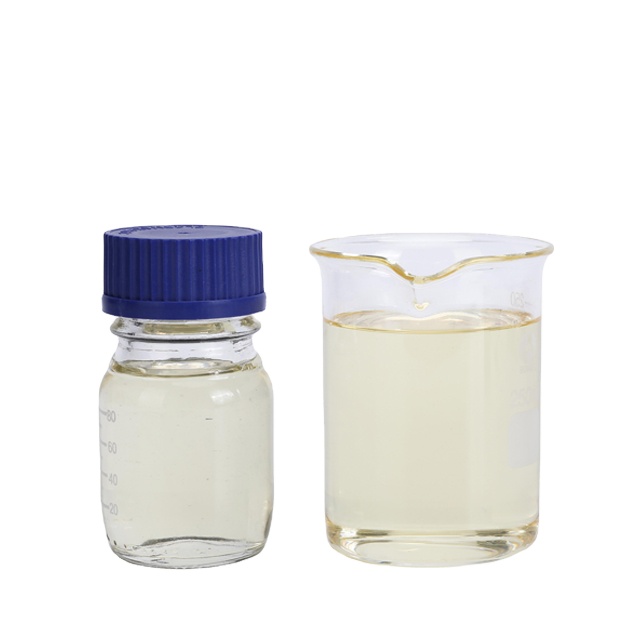Hits: 358 img

Silicone resin is a high-performance material widely used in electronics, healthcare, and industrial fields. During its production, silica (SiO₂) may remain in the final product as a filler or by-product. The silica residue significantly impacts the properties and applications of silicone resin. This article explores the effects of silica residue, detection methods, and control measures.
Impact of Silica Residue
Mechanical Properties: An appropriate amount of silica can enhance the mechanical strength, hardness, and wear resistance of silicone resin. However, excessive silica residue may increase material brittleness, reducing flexibility and impact resistance.
Electrical Insulation: Silica is an excellent insulating material, and moderate residue can improve the electrical insulation of silicone resin. However, excessive residue may lead to uneven electrical properties, affecting its use in electronic encapsulation.
Transparency: High silica residue can reduce the transparency of silicone resin, impacting its application in optical materials and transparent coatings.
Processing Performance: Excessive silica residue may increase the viscosity of silicone resin, making it difficult to flow and mold during processing, thereby affecting production efficiency.
Detection Methods for Silica Residue
Thermogravimetric Analysis (TGA): By measuring the mass change of a sample at high temperatures, the silica residue can be quantitatively analyzed. Silica remains stable at high temperatures, while organic components decompose, allowing the calculation of silica content.
X-ray Diffraction (XRD): By analyzing the crystal structure of a sample, the presence and content of silica can be determined. This method is suitable for detecting crystalline silica.
Fourier Transform Infrared Spectroscopy (FTIR): By analyzing the infrared absorption spectrum of a sample, the characteristic peaks of silica can be identified, enabling qualitative or semi-quantitative detection of residue.
Chemical Analysis: By dissolving the sample and reacting it with chemical reagents, the silica content can be quantitatively determined. This method is highly accurate but complex.
Control Measures for Silica Residue
Raw Material Selection: High-purity raw materials should be selected to minimize silica impurities. High-purity silane monomers and catalysts should be used during synthesis.
Process Optimization: The synthesis process should be optimized to reduce silica by-product formation. For example, controlling reaction temperature, time, and pH can prevent silica precipitation.
Post-Treatment: After silicone resin production, residual silica can be removed through filtration, centrifugation, or washing. For nano-sized silica, ultrasonic dispersion technology can improve removal efficiency.
Quality Monitoring: A strict quality control system should be established to regularly test silica residue levels, ensuring products meet application requirements.
Conclusion
Silica residue significantly impacts the properties and applications of silicone resin. Through appropriate detection methods and control measures, silica residue can be effectively managed, optimizing silicone resin performance to meet the needs of various fields.
Disclaimer: The content contained herein is sourced from the internet, WeChat public accounts, and other public channels. We maintain a neutral stance on the views expressed in this article. This article is for reference and communication purposes only. The copyright of the reprinted稿件 belongs to the original author and institution. If there is any infringement, please contact us for removal.